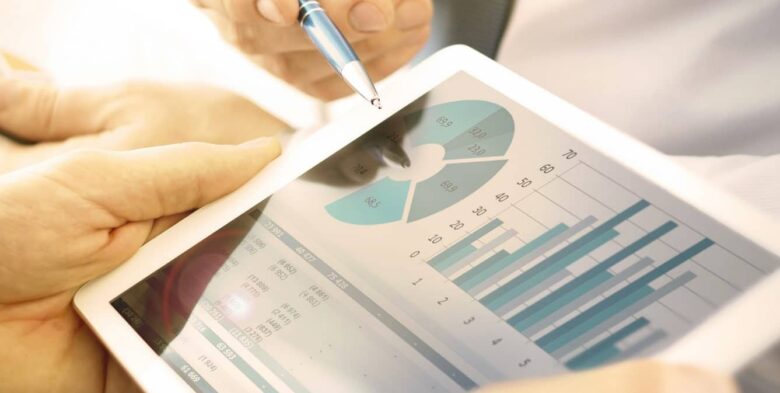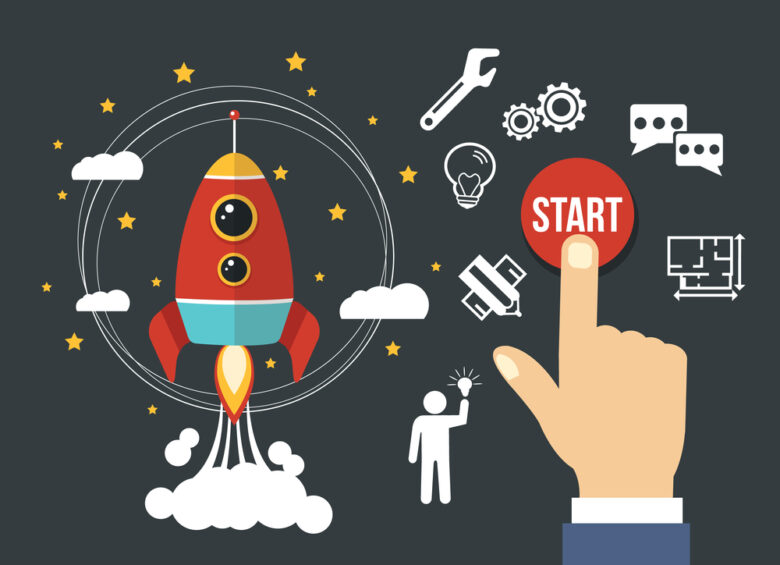Bringing a new product to market is no easy feat. From the initial concept to the final launch, there are numerous steps that must be taken to ensure success. In this comprehensive guide, we will outline the key steps in streamlining your design process, helping you turn your vision into a reality.
Contents
- Understanding the Conceptualization Process
- Conducting Market Research and Competitor Analysis
- Defining Your Product and Goals
- Creating a Product Roadmap
- Designing for User Experience (UX)
- Prototyping and Testing
- Refining the Design
- Building a Strong Team
- Securing Funding and Investment
- Launching Your Product
- Post-Launch Evaluation and Optimization
- Managing Risks and Overcoming Challenges
- Staying Ahead of the Competition
Understanding the Conceptualization Process
The first step in the design process is to understand the conceptualization process. This involves defining the problem that you are trying to solve, identifying your target market, and determining the unique features that set your product apart from others. By hiring Product Design & Development – Ingenuity Design Group you can get a closer understanding of the needs and desires of your target market and can create merchandise that meets their needs and stands out in a crowded market.

Source: markablesolutions.com
Conducting Market Research and Competitor Analysis
Once you have a clear understanding of the problem that you are trying to solve, it is time to conduct market research and competitor analysis. This involves researching your target market and the competitive landscape to gain insights into the needs and desires of your target audience, as well as the strengths and weaknesses of your competitors. This information will be critical in developing merchandise that is competitive and meets the needs of your target market.
Defining Your Product and Goals
With a clear understanding of your target market and the competitive landscape, you can begin to define your product vision and goals. This involves setting specific, measurable, and achievable goals for your goods, and determining the key features and benefits that will make your product stand out from the competition. Your vision and goals will serve as the foundation for your product design and development process.
Creating a Product Roadmap
With your vision and goals in place, it is time to create a product roadmap. This is a high-level plan that outlines the steps you will take to bring your merchandise to market. It should include a timeline for each stage of the design and development process, including research and development, prototyping, testing, and launch. A well-defined roadmap will help you stay on track and ensure that you are making progress toward your goals.

Source: powerreviews.com
Designing for User Experience (UX)
The user experience (UX) of your product is critical to its success. This involves designing an item that is intuitive, easy to use and meets the needs of your target market. To ensure that your merchandise has a strong UX, you should conduct user testing during the prototyping and testing phase to gather feedback and make any necessary adjustments.
Prototyping and Testing
Prototyping and testing are essential steps in the design and development process. Prototyping allows you to test the functionality of your product and gather feedback from users. Testing should be conducted throughout the design process, from initial prototypes to final products, to ensure that your merchandise is functional, user-friendly, and meets your goals.
Refining the Design
Based on the feedback gathered during the prototyping and testing phase, you may need to refine your design. This could involve making changes to the user interface, adding new features, or removing features that are not critical to the product’s success. Refining the design is an ongoing process that should continue throughout the product design and development process.

Source: wrike.com
Building a Strong Team
Bringing a new product to market requires a strong team of professionals with diverse skills and expertise. This may include designers, engineers, marketers, and salespeople. Building a strong team will help ensure that all aspects of the design and development process are handled effectively and efficiently. When building your team, look for individuals who are passionate about your merchandise and are dedicated to helping you achieve your goals.
Securing Funding and Investment
Bringing a new product to market requires significant financial resources. To secure funding and investment, you may need to seek out investors, apply for grants, or secure a loan. It is important to have a solid business plan in place that clearly outlines your goals, target market, and financial projections. This will help you attract the right investors and secure the funding you need to bring your merchandise to market.
Launching Your Product
The launch of your product is the culmination of all your hard work and dedication. This is the moment when your merchandise becomes available to the public, and the first step towards building your brand and establishing yourself as a leader in your industry. To ensure a successful launch, you should have a comprehensive marketing plan in place that includes targeted advertising, public relations, and customer engagement strategies.

Source: setup.us
Post-Launch Evaluation and Optimization
Once your product has been launched, it is important to evaluate its performance and make any necessary optimizations. This may involve gathering feedback from customers, analyzing sales data, and making improvements to the merchandise based on this feedback. By continually evaluating and optimizing your product, you can stay ahead of the competition and ensure that your merchandise continues to meet the needs of your target market.
Managing Risks and Overcoming Challenges
Bringing a new product to market involves managing a number of risks and overcoming various challenges. This may include product development risks, such as technical difficulties or changes in market demand, as well as commercial risks, such as competition and economic uncertainty. By proactively identifying and managing these risks, you can minimize their impact and ensure the success of your product. This subheading could cover topics such as risk management strategies, contingency planning, and overcoming common challenges in product design and development.
Staying Ahead of the Competition
In a fast-paced and constantly evolving market, it is important to stay ahead of the competition. This may involve continuously innovating and improving your product, staying up-to-date with industry trends and advancements, and actively engaging with your target market. By staying ahead of the competition, you can ensure the continued success of your merchandise and your business.

Source: leadgrowdevelop.com
In conclusion, bringing a new product to market is a complex and challenging process that requires careful planning and execution. By following the steps outlined in this guide, you can streamline your design process and increase your chances of success. Whether you are a seasoned entrepreneur or a first-time inventor, the key to success is staying focused on your goals, building a strong team, and never losing sight of the importance of customer satisfaction.
